Lipos have higher voltage per cell (3.7 vs 3.2). All else being equal this equates to more power. Lipos may also have lower internal resistance and higher maximum discharge rates, which equates to even more power.
If you want to make a fair comparison then weight and size must also be taken into account. Lipos are generally lighter and more compact than LiFes. This means that for the same amount of battery you will get more power and longer run time with Lipos.
Both type have high efficiency (ratio of energy output to input) when charged and discharged at moderate rates.
The main advantage of Life is safety. Lipos begin self heating at temperatures as low as 60°c, and once the interior starts to burn the whole battery rapidly 'explodes' into flames, setting fire to anything nearby. LiFe is more resistant to thermal runaway, 'cooks off' at higher temperature, and burns much less energetically.

